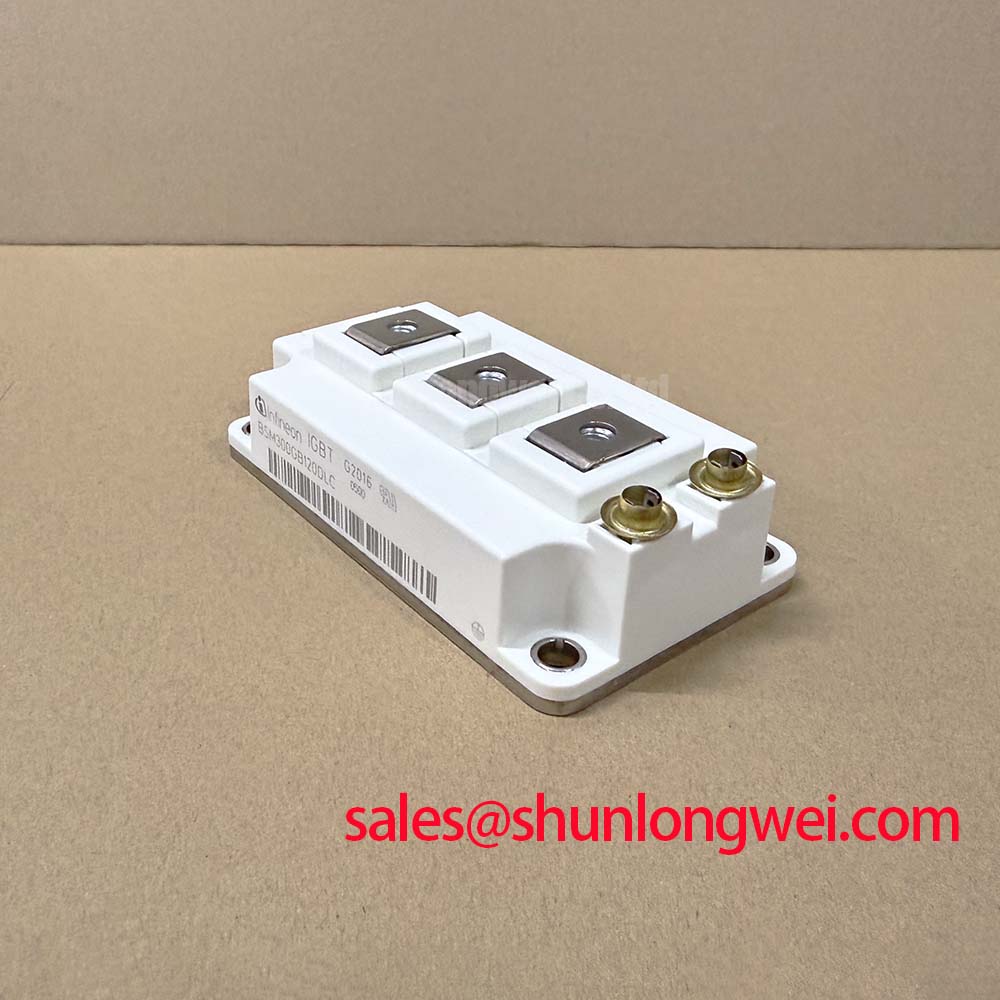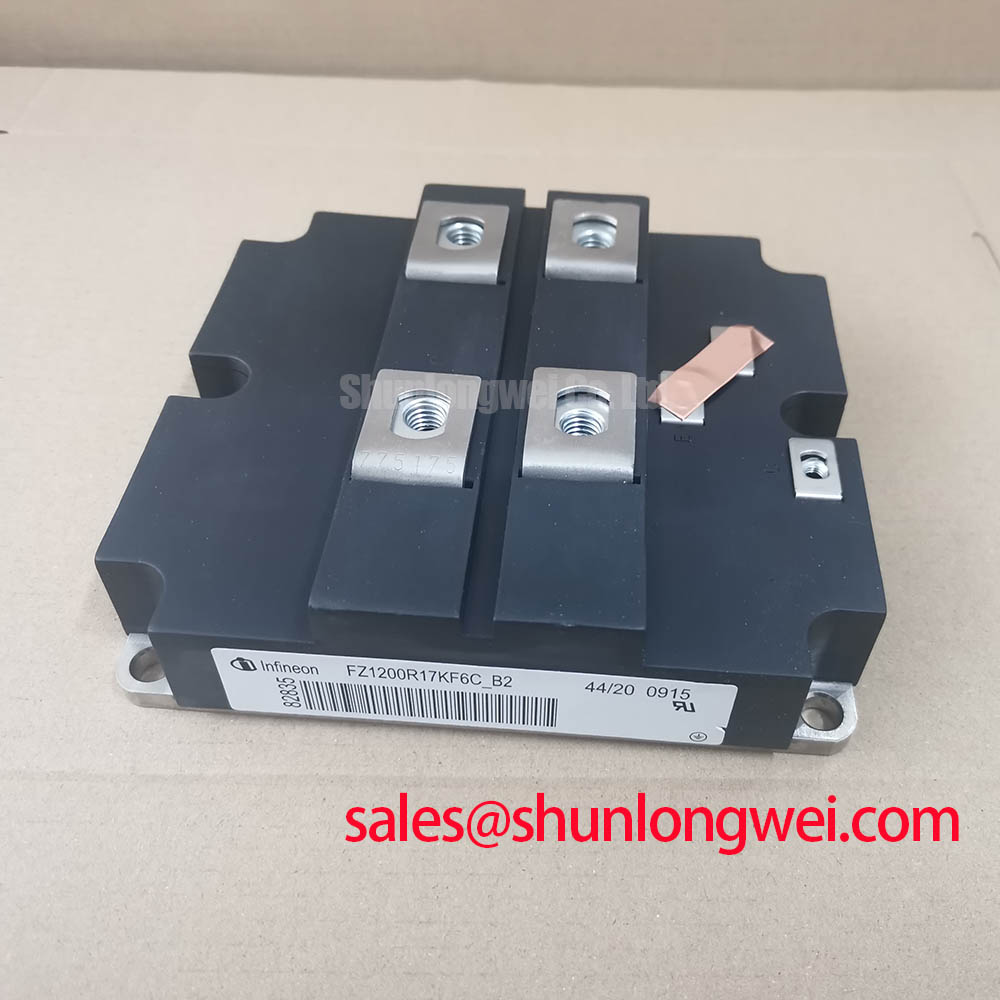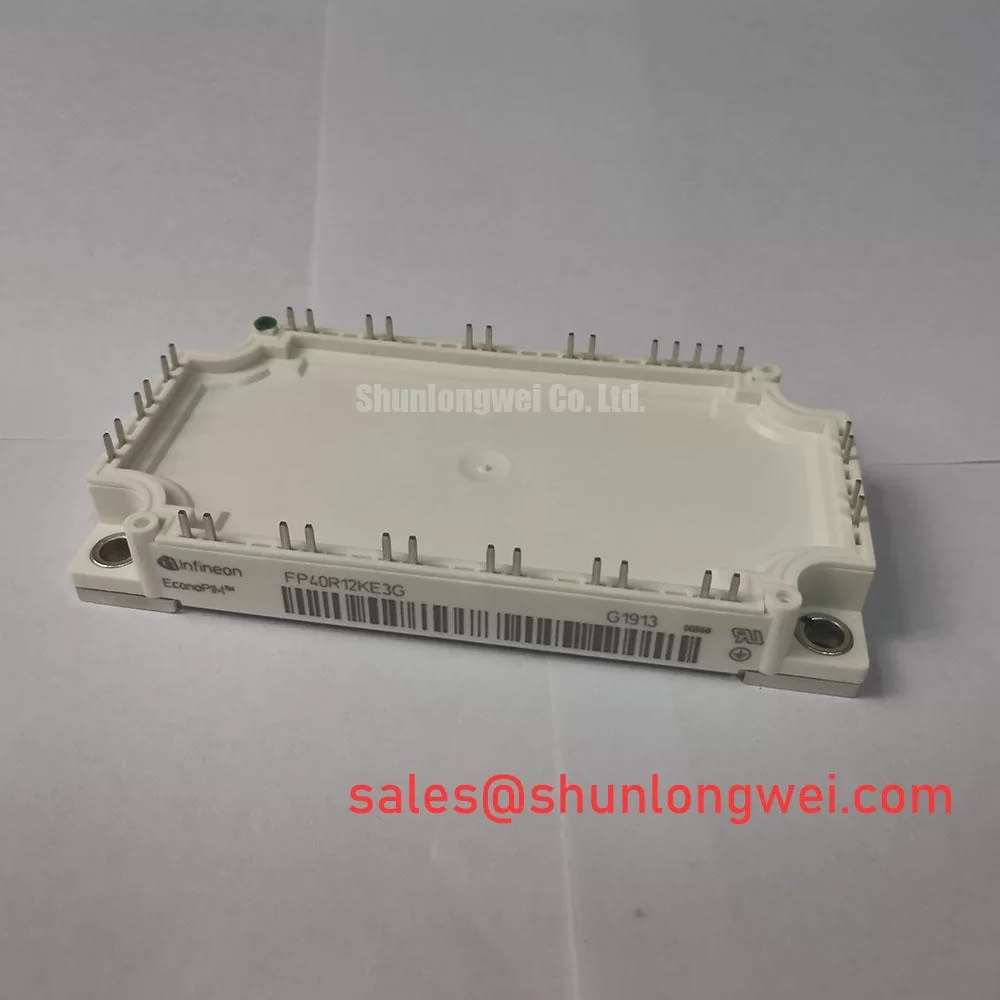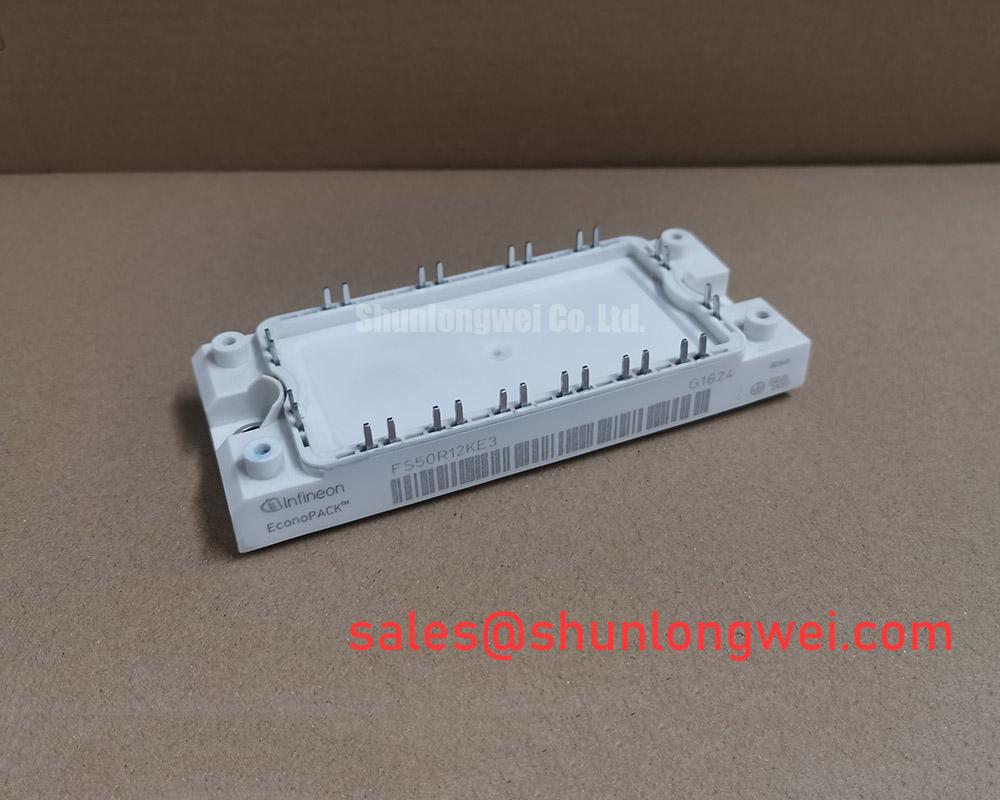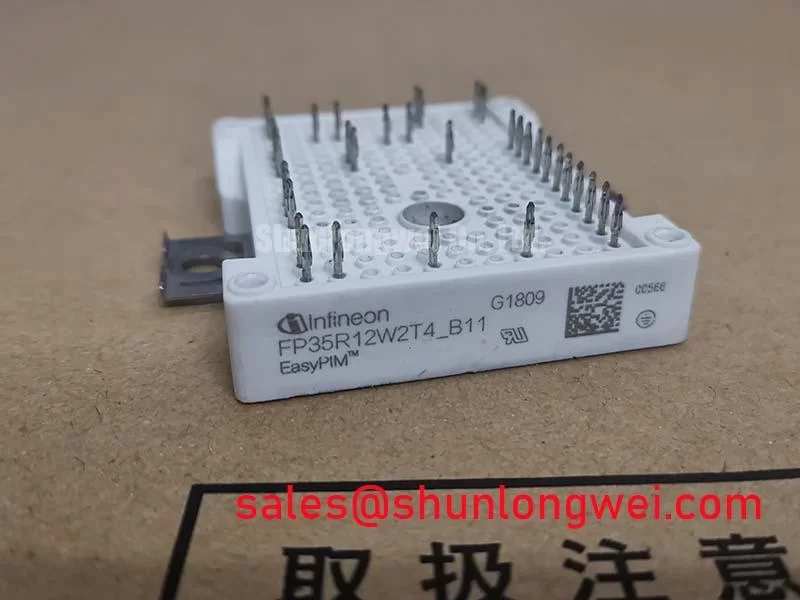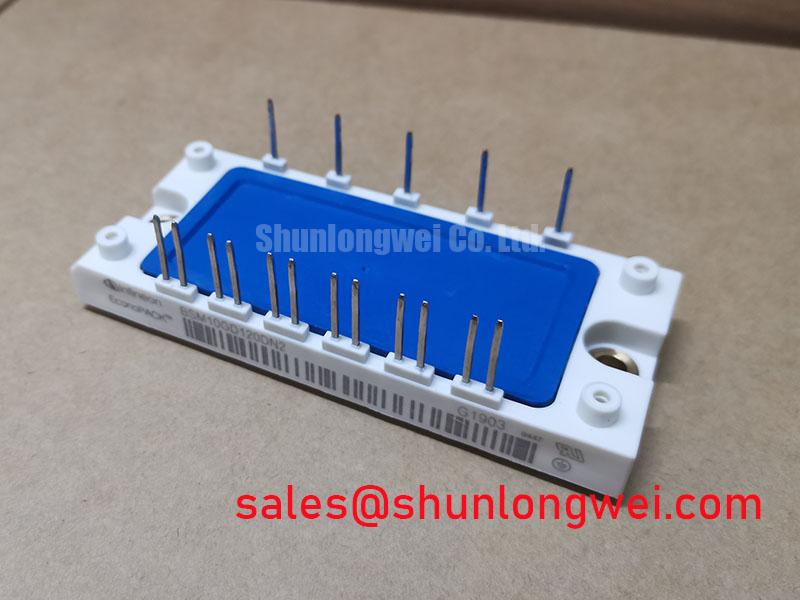Content last revised on November 16, 2025
Infineon BSM300GB120DLC: A Technical Analysis for High-Power Inverter Design
The BSM300GB120DLC is a 1200V dual IGBT module from Infineon, engineered for high-reliability power conversion systems. With its robust thermal performance and significant current handling, it provides a dependable foundation for demanding industrial applications. For systems requiring robust performance in the 100-200 kW range, its low saturation voltage and excellent thermal impedance are critical design advantages. This module's electrical characteristics and package design make it a strong candidate for simplifying thermal management in high-power motor drives and power supply systems.
Application Scenarios & Value
System-Level Benefits in High-Current Motor Drives and Power Conversion
The BSM300GB120DLC is engineered for applications where thermal efficiency and current handling are paramount. Its primary value is demonstrated in high-power systems such as industrial Variable Frequency Drives (VFDs), central Solar Inverters, and large-scale Uninterruptible Power Supplies (UPS). In these scenarios, the challenge is often managing the substantial heat generated by continuous high-current operation. The module's low collector-emitter saturation voltage (VCEsat) of 2.1V (typical at 300A, 25°C) directly translates to lower conduction losses. This reduction in wasted energy as heat allows designers to specify smaller, more cost-effective heatsinks or increase the system's power density without compromising long-term reliability. For motor control, its 600A repetitive peak current rating provides the necessary headroom to handle inductive load switching and startup inrush currents, crucial for applications like industrial conveyors or compressors.
For systems requiring alternative configurations or higher current capabilities, the CM600DX-24T offers a higher current rating in a dual configuration, while the BSM200GB120DN2 provides a lower current option within a similar technology family.
Key Parameter Overview
Decoding the Specs for Enhanced Thermal Reliability
The technical specifications of the BSM300GB120DLC underscore its suitability for high-stress power applications. The 1200V collector-emitter voltage provides a safe operating margin for systems running on 400V to 690V AC lines, accommodating voltage spikes common in industrial environments. A key parameter for thermal design is the total power dissipation of 2.5 kW at a case temperature of 25°C, which indicates the module's capacity to transfer heat away from the semiconductor junctions efficiently. This is analogous to a high-performance engine's cooling system; the more effectively it can dissipate heat, the harder and more reliably it can run. This robust thermal capacity, combined with a maximum operating junction temperature of 125°C, ensures stable performance under heavy loads.
| Parameter | Value | Conditions |
|---|---|---|
| Collector-Emitter Voltage (Vces) | 1200 V | - |
| Continuous Collector Current (Ic) | 300 A | TC = 80°C |
| Repetitive Peak Collector Current (Icrm) | 600 A | tp = 1 ms, TC = 80°C |
| Collector-Emitter Saturation Voltage (VCEsat) | 2.1 V (typ.) / 2.6 V (max.) | Ic = 300 A, Vge = 15 V, Tvj = 25°C |
| Gate Threshold Voltage (VGE(th)) | 4.5 V (min.) / 6.5 V (max.) | Ic = 12 mA, Tvj = 25°C |
| Total Power Dissipation (Ptot) | 2.5 kW | TC = 25°C |
| Insulation Test Voltage (Visol) | 2.5 kV | RMS, f = 50 Hz, t = 1 min |
Download the BSM300GB120DLC datasheet for detailed specifications and performance curves.
Frequently Asked Questions (FAQ)
What is the primary benefit of the BSM300GB120DLC's 2.1V typical VCEsat?
A low VCEsat directly reduces conduction power loss (P = VCEsat * Ic), which lowers operating temperature, improves overall system efficiency, and can reduce the size and cost of the required cooling solution.
How does the 2.5 kV insulation voltage impact system design?
This specification ensures reliable electrical isolation between the power circuit and the heatsink/chassis. It is a critical safety feature that meets standard industrial requirements, simplifying UL/CE certification processes for the end equipment.
What does the 'Dual' configuration mean for circuit topology?
The dual or half-bridge configuration integrates two IGBTs, which is the fundamental building block for a single phase of a three-phase inverter. This simplifies the power stage layout, reduces component count, and minimizes parasitic inductance compared to using discrete IGBTs.
Is this module suitable for high-frequency switching applications?
While optimized for reliability and thermal performance in motor drives and industrial inverters which typically operate at moderate frequencies (e.g., 2-15 kHz), its suitability for higher frequencies would depend on a detailed analysis of its switching losses (Eon, Eoff) as provided in the full datasheet curves.
Strategic Outlook for Industrial Power Systems
The BSM300GB120DLC represents a proven solution for designers of high-power industrial systems who prioritize robustness and thermal stability over cutting-edge switching speeds. As industrial automation and renewable energy installations continue to demand higher power outputs and greater reliability, components like this module remain essential. Its standard 62 mm package and established performance characteristics offer a low-risk, high-value proposition for new designs and system upgrades, ensuring compatibility and predictable performance in the field. The focus on low conduction losses aligns with global trends towards increased energy efficiency, making it a relevant choice for systems where operational cost and thermal footprint are key design constraints.


